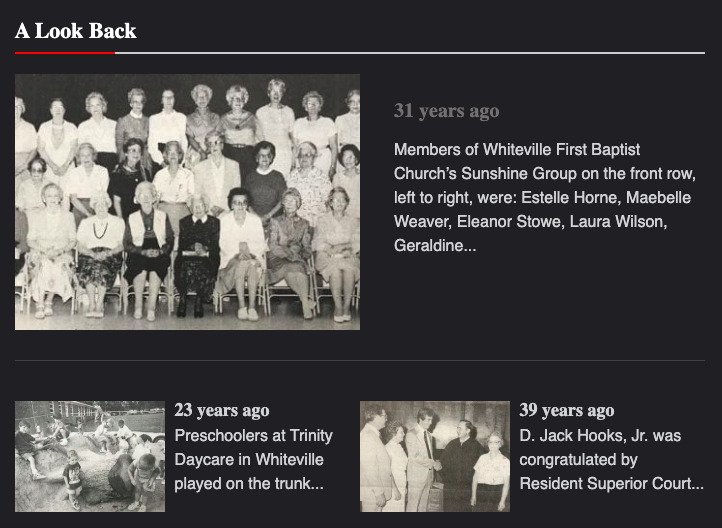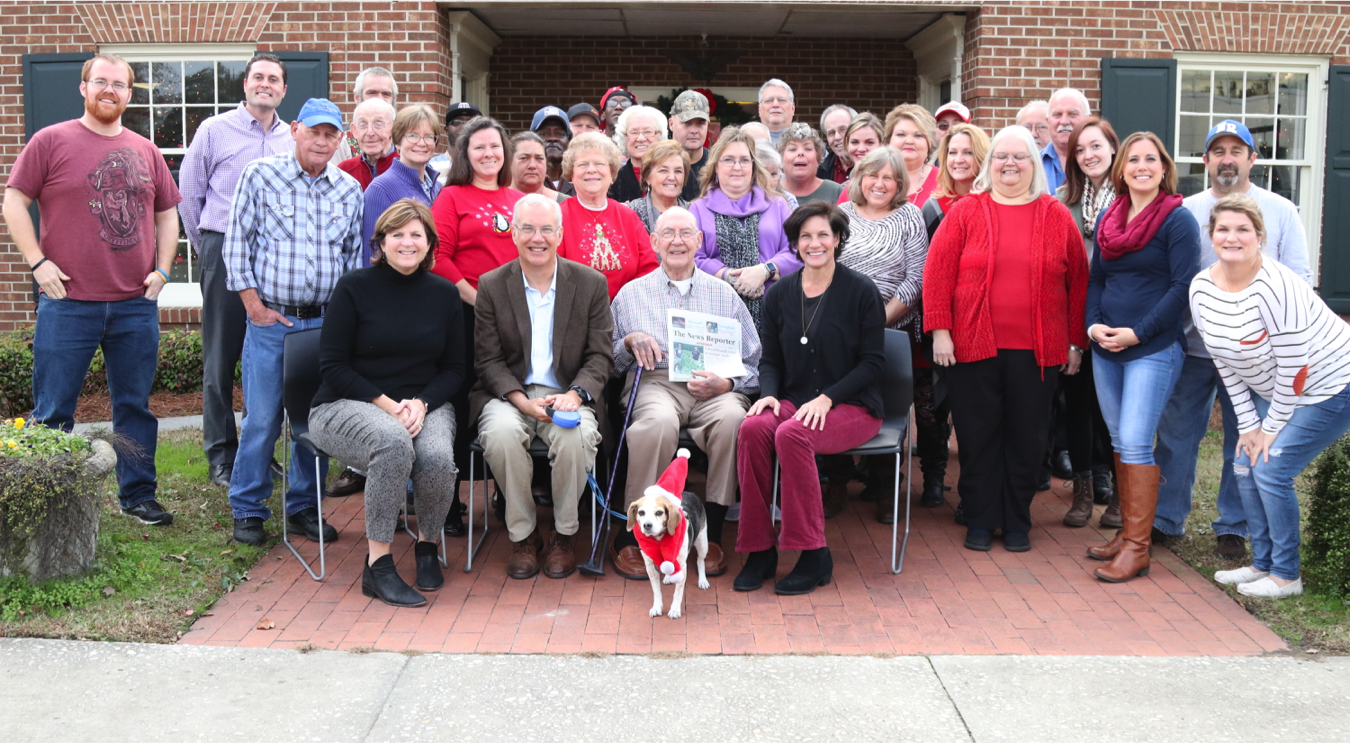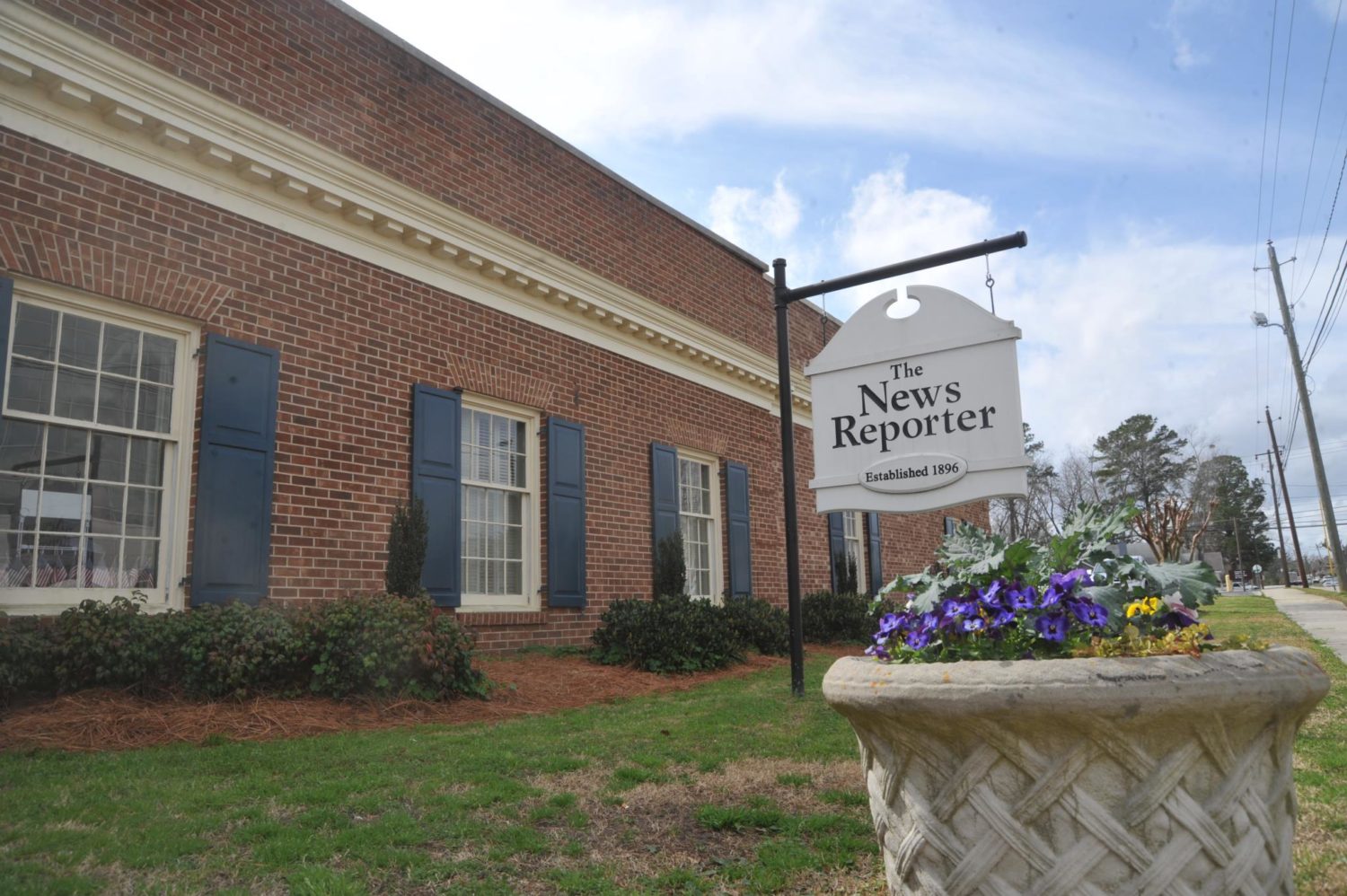Poynter and API teamed up this week to take a deeper look at what’s working in local news. Here, you can read how The News Reporter grew a loyal and paying audience online, and over at Better News, learn how the Whiteville, North Carolina, newsroom shifted to digital using essential lessons from Table Stakes.
When The (Whiteville, North Carolina) News Reporter launched a website, “our strategy was to make it just good enough,” said Publisher Les High.
The advertising team didn’t want a site that competed with the print product. And for years, it did not.
High remembers a meeting several years ago when that thinking started to shift, at least for him. A young ad rep looked at his phone and said “All I know is however people get their news, they need to get it from us.”
It took several more years and a change management program, but in the past two years, The News Reporter made a series of changes that led to something so many local newspapers are now attempting – replacing one set of revenue with another.
Related: Want more on the transformation of local news? Sign up for our weekly newsletter, Local Edition.
[the_ad id=”667826″]
In two years, the News Reporter:
- Went from 48 subscription plans to two.
- Became a 24/7 newsroom.
- Saw pageviews double.
- Switched the days it published print.
- Increased the cost of single-copy sales.
- Increased overall circulation revenue by 48%, print circulation revenue by 90% and digital subscription revenue by 493%.
Now, money lost from advertisers has been replaced with money brought in from subscribers, High said, “almost to the dollar.”

Screen shot, The News Reporter
JUST GOOD ENOUGH
In North Carolina, Whiteville is the seat of Columbus County, about an hour west of Wilmington. Whiteville has a little more than 5,000 residents, according to the U.S. Census. It’s about 40% white, 47% black, 24% of people there have a bachelor’s degree and 35% percent live in poverty.
The News Reporter has covered Whiteville since 1890, and has been owned by the Thompson/High family since 1938, according to its site. In 1953, the newsroom shared a Public Service Pulitzer with the Tabor City Tribune “for their successful campaign against the Ku Klux Klan, waged on their own doorstep at the risk of economic loss and personal danger, culminating in the conviction of over one hundred Klansmen and an end to terrorism in their communities.”
Related reading: How the Post and Courier grew digital subscriptions by 250%
In 2017, The News Reporter joined the first class of the University of North Carolina’s Knight Lenfest Newsroom Initiative, also known as Table Stakes. (Disclosure: My work covering local news is funded in part by the Knight Foundation, and Poynter is a Table Stakes training partner.)
“Table Stakes changed everything,” High said.
The newsroom learned to test and experiment, and to survey and hold focus groups, Clore said. The data from that work helped staff take on big shifts that seemed scary, like cutting down on subscription options and changing print publication days.
One example: In talking to people in the community, staff learned readers didn’t care what day they got the paper, High said, “just so they got it.”
Another: The paper used to offer 48 different subscription plans, which no one really understood, said Jenny Clore, director of marketing. Now, it offers just two, digital and print-plus, with print-only grandfathered in. The first two cost the same, and many people include print because of that.
Hunches are precious things to journalists – they lead to tips and stories and breakthroughs. But in the shift from a twice weekly paper to a digital newsroom, staff at the News Reporter learned about another critical tool as they made big changes, simplified and listened to their community: Clore put it like this – “What’s the data say?”

News Reporter staff at the 2018 Christmas party. (Image courtesy Jenny Clore, The News Reporter)
GETTING DIGITAL
By April of last year, the News Reporter newsroom was publishing continuously online and ready to launch a new site. The plan – offer the community the news for free for 30 to 90 days, then put up the paywall.
“Well, technology had a different idea,” Clore said.
It took eight months to get the paywall up. In that time, single-copy sales did suffer, she said, but something significant with readers changed, too – “they had developed a true routine and habit going to the site to get their information,” Clore said.
Related training: Essential skills for rising newsroom leaders
[the_ad id=”667878″]
That transition, even though it took a lot longer than they intended, helped readers get to know the News Reporter online, develop the habit of reading it and make the choice to support it when the time came.
Monthly page views increased from 150,000 to 300,000.
After increasing the price of the paper from 75 cents to $1, unit sales went down but revenue grew by 51%.
Digital subscription revenue grew by 493%, from $3,894 in a five-month period before the paywall to $23,121 in a five month period after the paywall.
Circulation revenue from print and digital grew by 48% to $124,149.
And the News Reporter isn’t done changing.
The ad department plans to test different types of digital ads and wants to find ways to better monetize video. The newsroom sees opportunities with newsletters both for attracting advertisers and growing audiences. And as they transform for the present and the future, High wants to see the paper get back to its roots with more investigative journalism and enterprise reporting.
For a long time, the site and the newsroom’s approach to digital was just good enough.
Now, they’ve learned to question, test and experiment. They’re always going to be changing, Clore said.
“We’re never going to be done.”
Kristen Hare covers the transformation of local news for Poynter.org. She can be reached at khare@poynter.org or on Twitter at @kristenhare
Correction: One reference to the News Reporter fumbled its name. We apologize for the error, it has been corrected.







